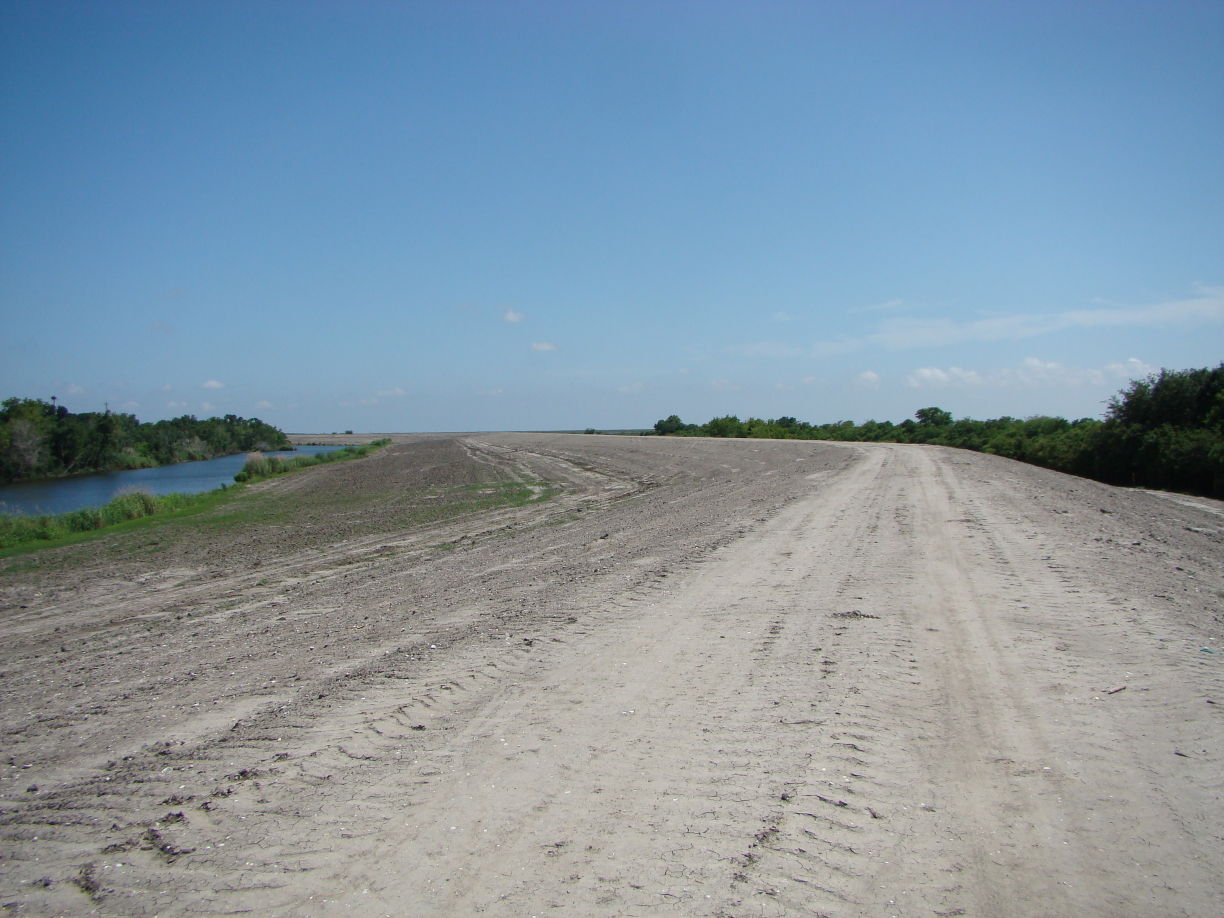
Remembering Glen Gomez: Actor, radio, TV personality loved making people laugh
January 13, 2015
Fair play for sex offenders?
January 13, 2015The South Lafourche Levee District likely plans to appeal a Seventeenth Judicial District Court ruling stating that it didn’t offer fair market value to the owners of more than 350 tracts of land.
A class-action lawsuit, filed by Jason Adams on Sept. 14, 2011, included 320 owners of the tracts of land located between Oakridge Park to above the Cote Blanche Connection.
The land at the backs of their respective properties had been appropriated as part of the South Lafourche Levee District’s effort to raise its western levee.
As part of the appropriation process, the South Lafourche Levee District divided the tracts into two categories, clear and unclear. Tracts that were wooded were called unclear, and tracts that were essentially pastureland were called clear, according to court records. This “mass appraisal” saved the Levee District time and money – two things very valuable to an operation working on public funds – however testimony from real estate and mass appraisal expert Dr. Rodolfo Aguilar questioned the method used by the South Lafourche Levee District and stated that the categories of clear and unclear used by the levee district are not customary in the field of appraisal.
South Lafourche Levee District Executive Director Windell Curole, however, said the clear and unclear method is one appraisers in the area are very familiar with.
“We worked hard to make sure we got the fair value of the property at the back end, and we think we did a good job at it. We developed our own techniques that we think was fair under the law and legal under the law,” Curole said.
Instead, Aguilar – who joined the plaintiffs’ attorney in deciding an interview with The Times – divided the tracts affected by the appropriation into three categories during his testimony, agricultural/residential having 10 acres or less, agricultural/residential having more than 10 acres and commercial/industrial. He valued tracts identified as agricultural/residential having 10 acres or less at $10,000 per acre and the other two categories at $12,000, and he based his assigned values on the entire tract of land. Judge John E. LeBlanc ruled that Aguilar’s valuations were proper Nov. 10, however Curole believes that only the backs of the respective properties should have been valued.
“We’re saying the land along the four-lane highway is worth a lot of money, and the back 3,000, 4,000 feet to the rear of the property is not worth a lot of money, and we think we took dirt and property in the right of way that wasn’t worth a lot of money,” Curole said. “Well the judge basically said the property along the four-lane highway is the same value as the property along the back borrow canal, and we don’t think that’s accurate. We just don’t. But what we think doesn’t matter. It’s what the judge says that matters.
Due to the importance of precedent in court cases, Curole added that “it’s going to affect the whole state if they don’t get this right.”
Among those involved in the class action suit, 187 cashed the checks originally issued to them by the levee district, and 133 did not. All will receive the amount the court ruled they should receive per acre, pending whether the ruling is upheld or reversed.
“We understand that some people are very upset, and we respect their opinions and their ability to go ahead and sue. We don’t blame them for doing that, but it’s very important that government’s got to do the best it can to treat the properties and the community fairly,” said the executive director.
Despite the lawsuit, the levee district – having already appropriated the land and begun working on it – plans on lifting the levee to 16 feet on the south side and 13 feet on the north side of the western levee. Even though disputes arise from making the levees larger, Curole believes he and his team always have best intentions for the residents of southern Lafourche Parish.
“We want to protect our families, our friends’ homes, our relatives’ homes. We want to protect the businesses. We want to protect the four-lane highway that leads to the goose that laid the golden egg,” Curole said. “We could have sat back and not done anything and all of those people that sued us would have been happy until there was six feet of water over their property, and they’ll say, ‘Why didn’t we do better?’ The bottom line is do the best we can, and we’ll continue to do the best we can because the alternative is worse.”







